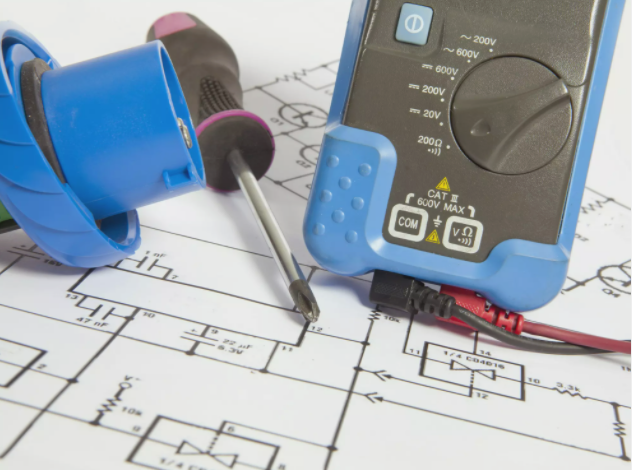6:41 PM How to Find a Short Circuit | |
At its most basic, a short circuit is a fault in the wiring harness, which shunts electricity between circuits before getting to its destination. A short-circuit should not be confused with an open circuit, in which current does not flow at all. Though the symptoms of a short circuit can be similar to an open circuit, diagnosis is a bit different. There are several ways a short circuit can occur, and it isn’t usually easy to find and repair. To understand how to find a short circuit, though, we need to understand how a properly-functioning circuit works. How Car Electrical Circuits Usually Work There are many ways that electricity is carried around the car electrical system, and a short circuit could easily interrupt the proper flow of electricity in any of them. We can roughly divide the car electrical system into sensor and actuator circuits. Types of sensors include oxygen sensors, light sensors, switches, speed sensors, and the like. Actuators can be motors or lights, or similar.
In either of these circuits, proper function is assured as long as the wiring is intact, but there are many ways that any circuit could be interrupted. Rodent damage, chafing wires, shoddy installation practices, water intrusion, and impact damage are just a few of the things that can interrupt your car's electrical circuits. Inadvertently driving a screw through a wiring harness is a great way to cause a short to ground or short to power or both. Types of Short CircuitsThere are two types of short circuits, short-to-power and short-to-ground, in which electricity takes an unintended shortcut without going through the intended sensor or actuator.
With all the technology in the modern automobile, from powertrain management to entertainment systems and everything in between, it should come as no surprise the amount of electrical wiring needed to connect it all. Metal recyclers estimate some 1,500 wires, about a mile connected end to end, keeps the average modern luxury car connected, for example. Short circuits can damage electronic components, set the check engine light, blow fuses, drain the battery, or leave you stranded. It might seem complicated, but the best thing you can do is divide and conquer. Modern electrical wiring diagrams (EWD) are color-coded, which can ease diagnosis, though diagnosing a short circuit is still no walk in the park. How to Find a Short CircuitTracing a short circuit takes time and patience. To get started, you’ll need an EWD for your vehicle, test light or multimeter, and tools to access the wire harness. First, identify the circuit you’re looking at. You’ll need to see where it goes, what connectors it goes through, and what color the wires are. When testing 12 V circuits, you can usually start with the fuse in the affected circuit. Remove the fuse and connect the test light across the terminals of the fuse socket. The multimeter, set to measure continuity, can be used in a similar way. Disconnect battery positive, set the positive probe on the load side of the fuse, clamp the negative probe to battery negative. If there is a short circuit, the test light will illuminate or the multimeter will beep. Now, divide and conquer.
On 5 V circuits, such as those used by the ECM to sense and control the engine and transmission, disconnect the ECM and the battery, set the multimeter to measure continuity, and probe between the circuit and body ground or engine ground. Follow the same divide and conquer method to determine the approximate location of the short circuit. Once you find the short circuit, then you can go about repairing it. Before reconnecting the battery or putting in a new fuse, recheck for short circuits with the test light or multimeter. | |
|
| |
| Total comments: 0 | |
